Study the following and identify the mismatch
Simple diffusion — Transport saturates
Facilitated transport — Down hill transport
Active transport — Transport saturates
Both simple diffusion and facilitated transport — Metabolic energy is not required
The correct Answer is:A
To solve the question of identifying the mismatch among the options provided, we can follow these steps:
1. Understand the Concepts:
- Simple Diffusion: This is a passive transport process where molecules move from an area of higher concentration to an area of lower concentration without the need for energy (ATP).
- Facilitated Diffusion: This is also a passive process but involves transport proteins to help move molecules across the membrane. It also does not require energy.
- Active Transport: This process requires energy (ATP) to move substances against their concentration gradient, and it can reach a saturation point when all transport proteins are occupied.
2. Analyze the Options:
- The first option mentions "simple diffusion and transport saturates". This is incorrect because simple diffusion does not saturate; it continues as long as there is a concentration gradient.
- The second option refers to facilitated transport as "downhill transport", which is correct because it moves substances down their concentration gradient.
- The third option states that "active transport is a transport saturation", which is also correct as active transport can reach a saturation point when all transport proteins are utilized.
- The fourth option indicates that both simple diffusion and facilitated diffusion do not require metabolic energy, which is accurate.
3. Identify the Mismatch:
- The mismatch is in the first option: "simple diffusion and transport saturates". Simple diffusion does not exhibit saturation because it does not involve transport proteins.
4. Conclusion:
- The correct answer to the question of identifying the mismatch is the first option: "simple diffusion and transport saturates".
- Simple Diffusion: This is a passive transport process where molecules move from an area of higher concentration to an area of lower concentration without the need for energy (ATP).
- Facilitated Diffusion: This is also a passive process but involves transport proteins to help move molecules across the membrane. It also does not require energy.
- Active Transport: This process requires energy (ATP) to move substances against their concentration gradient, and it can reach a saturation point when all transport proteins are occupied.
- The first option mentions "simple diffusion and transport saturates". This is incorrect because simple diffusion does not saturate; it continues as long as there is a concentration gradient.
- The second option refers to facilitated transport as "downhill transport", which is correct because it moves substances down their concentration gradient.
- The third option states that "active transport is a transport saturation", which is also correct as active transport can reach a saturation point when all transport proteins are utilized.
- The fourth option indicates that both simple diffusion and facilitated diffusion do not require metabolic energy, which is accurate.
- The mismatch is in the first option: "simple diffusion and transport saturates". Simple diffusion does not exhibit saturation because it does not involve transport proteins.
- The correct answer to the question of identifying the mismatch is the first option: "simple diffusion and transport saturates".
Topper's Solved these Questions
- TRANSPORT IN PLANTS BOOK - AAKASH SERIESCHAPTER - TRANSPORT IN PLANTS EXERCISE - EXERCISE II
52 Videos
- TRANSPORT IN PLANTS BOOK - AAKASH SERIESCHAPTER - TRANSPORT IN PLANTS EXERCISE - EXERCISE III
20 Videos
- RESPIRATION IN PLANTSBOOK - AAKASH SERIESCHAPTER - RESPIRATION IN PLANTSEXERCISE - Exercise - III
9 Videos
Similar Questions
Knowledge Check
Study the following figures and identify the enzymes involved in steps I and II.
 AEcoRl and DNA LigaseBHind II and DNA LigaseCEcoRi and HindIIDRestriction endonuclease and exonuclease
AEcoRl and DNA LigaseBHind II and DNA LigaseCEcoRi and HindIIDRestriction endonuclease and exonucleaseStudy the given figures and identify the kind of phyllotaxy
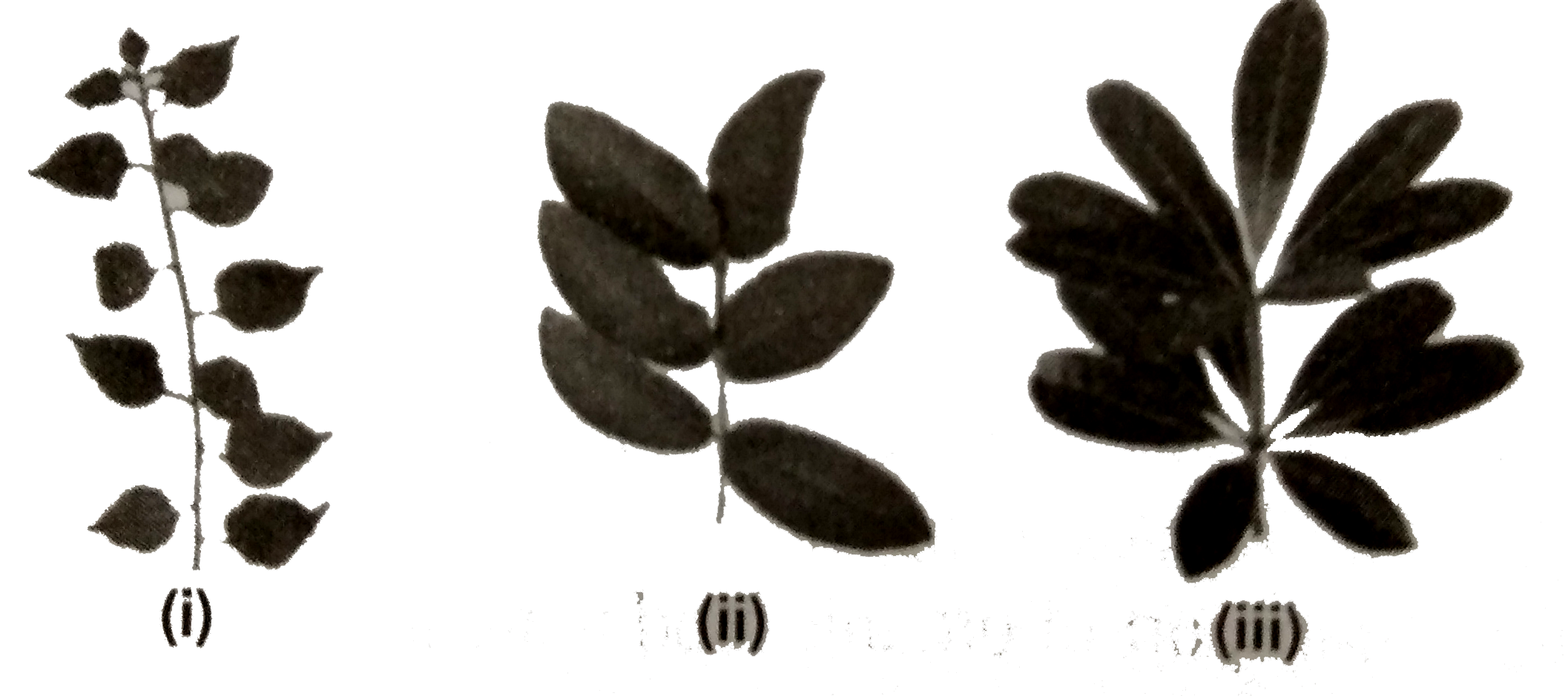 A (i) (ii) (iii)WhorledOppositeAlternateB (i) (ii) (iii)AlternateOppositeWhorledC (i) (ii) (iii)OppositeAlternateWhorledD (i) (ii) (iii)OppositeWhorledAlternate
A (i) (ii) (iii)WhorledOppositeAlternateB (i) (ii) (iii)AlternateOppositeWhorledC (i) (ii) (iii)OppositeAlternateWhorledD (i) (ii) (iii)OppositeWhorledAlternateStudy the map and answer the following question:
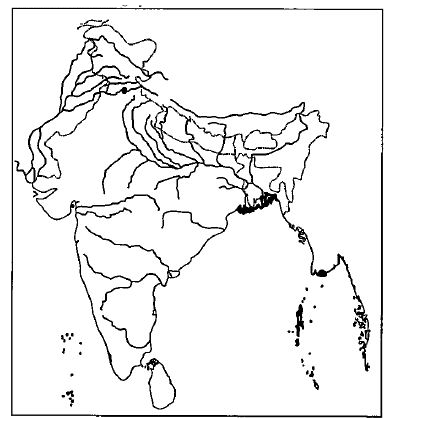
Identify the dam which is shown in the map.AHirakudBBhakra NangalCTehriDRihand
Study the following diagram and identify the correct combination
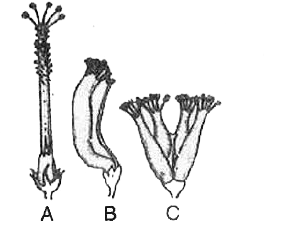
View SolutionStudy the following reactions and identify the reactant 'R'. It can be

View SolutionStudy the followig table and identify (i) (ii) & (iii):-
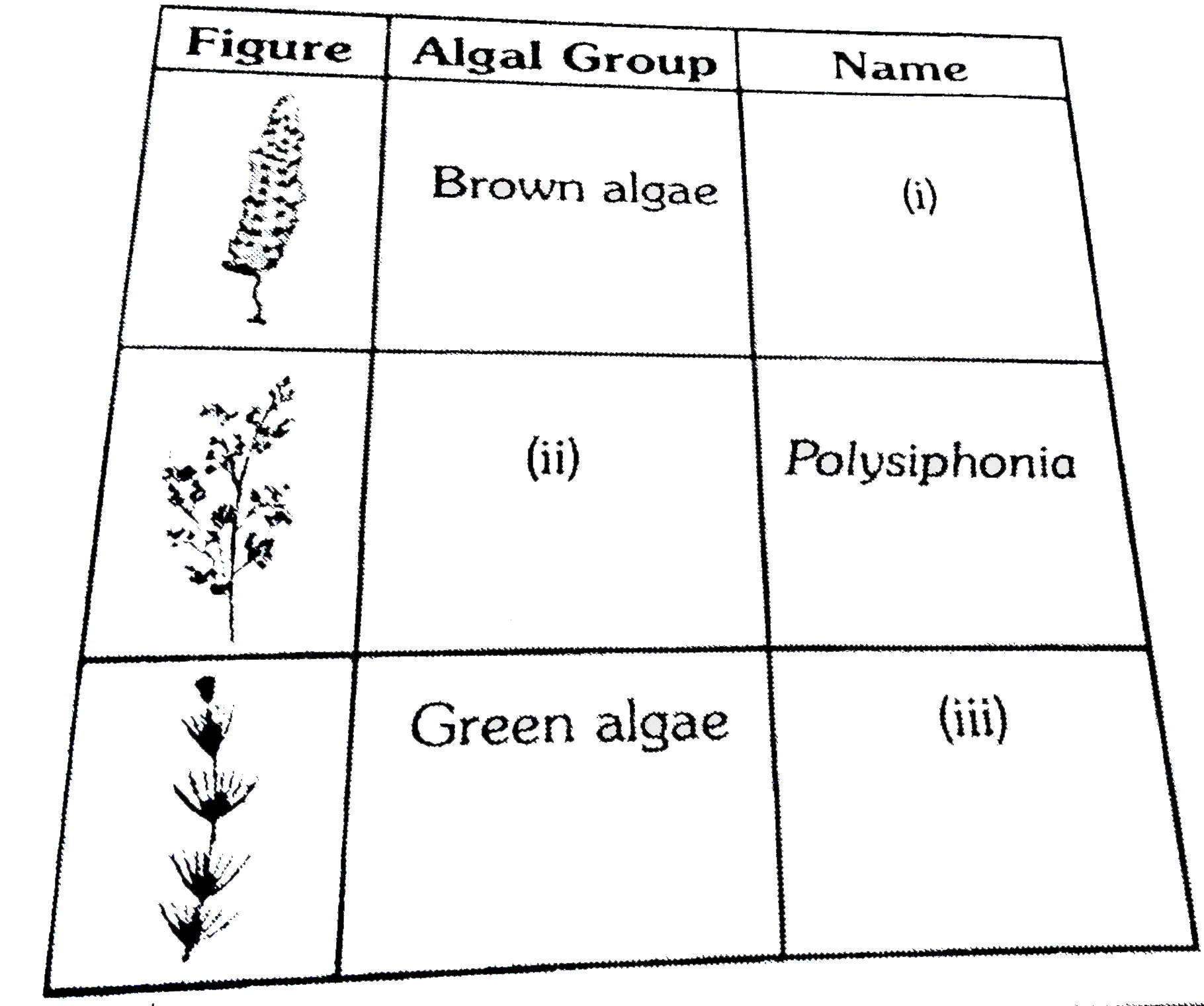
View SolutionStudy the following table and choose the option that correctly identifies A, B, C and D. ,
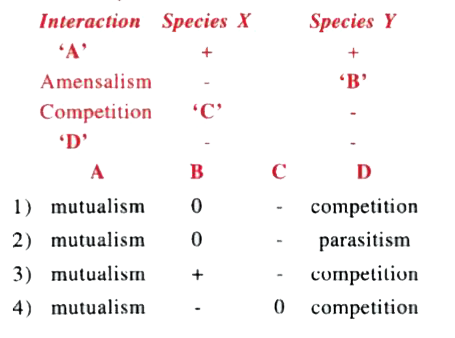
View SolutionStudy the map and answer the following question:

Identify the winds which are shown in the map.
View Solution


